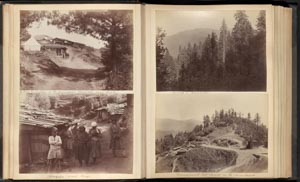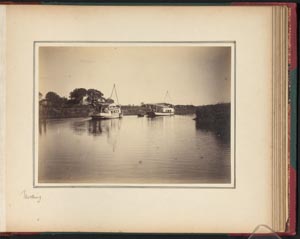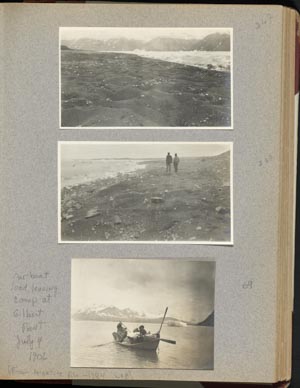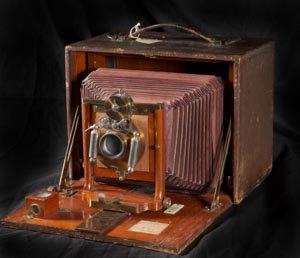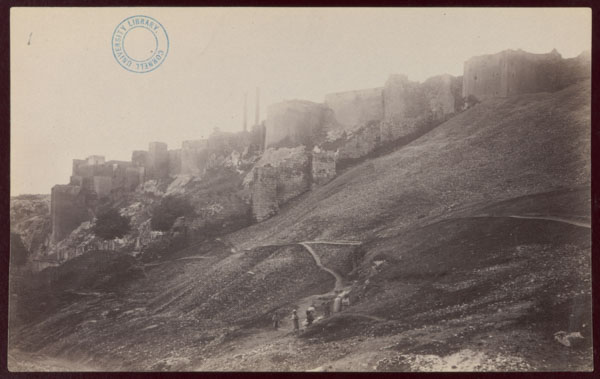Photography for All
The potential importance of photography to scientific expeditions was recognized immediately. In 1839, in a speech to the French Chamber of Deputies advocating for the state’s purchase of the daguerreotype process from its inventors, the astronomer and physicist François Arago spoke passionately of all the data that photography might gather, and rued its non-existence at the time of Napoléon I's Egyptian campaign. By the middle of the century, photography was being actively applied to scientific research in all areas, although it remained a difficult and highly imperfect medium. Archaeologists like John Henry Haynes purposefully studied photography in order to apply it to their work in the field, and were employed by colleagues to be an expedition’s designated photographer. By the early 1900s, such training and care were no longer necessary to make photographs. The successive development of dry-plate negatives, roll film, and Eastman Kodak's inexpensive push-button Brownie camera turned photography into something that almost anyone so inclined could do, whether in the backyard or while traversing glaciers in pursuit of geological research.
These simplified processes meant that leisure travel, too, became an occasion for photography. Upper-class tourists, like the Dyers and Rudyard Kipling’s friend Edmonia Taylor Hill, assembled albums of their own photographs rather than pictures purchased from local photographers. Representations of foreign places became more personal: evocative of specific, remembered experiences. Yet, formally, these images are rarely unique, but instead mimic the conventions of earlier travel pictures. Our visual culture determines how a journey or place should look, and informs the kinds of representations we create.
